VAT is baked into most transactions so it’s not something your customers generally think about. However, businesses that have grown to a particular size must learn the complexities of VAT, as it becomes compulsory in the accounting process.
Our VAT services are here to help you stay compliant and avoid the hassles of incurring penalties from misunderstandings and mistakes.
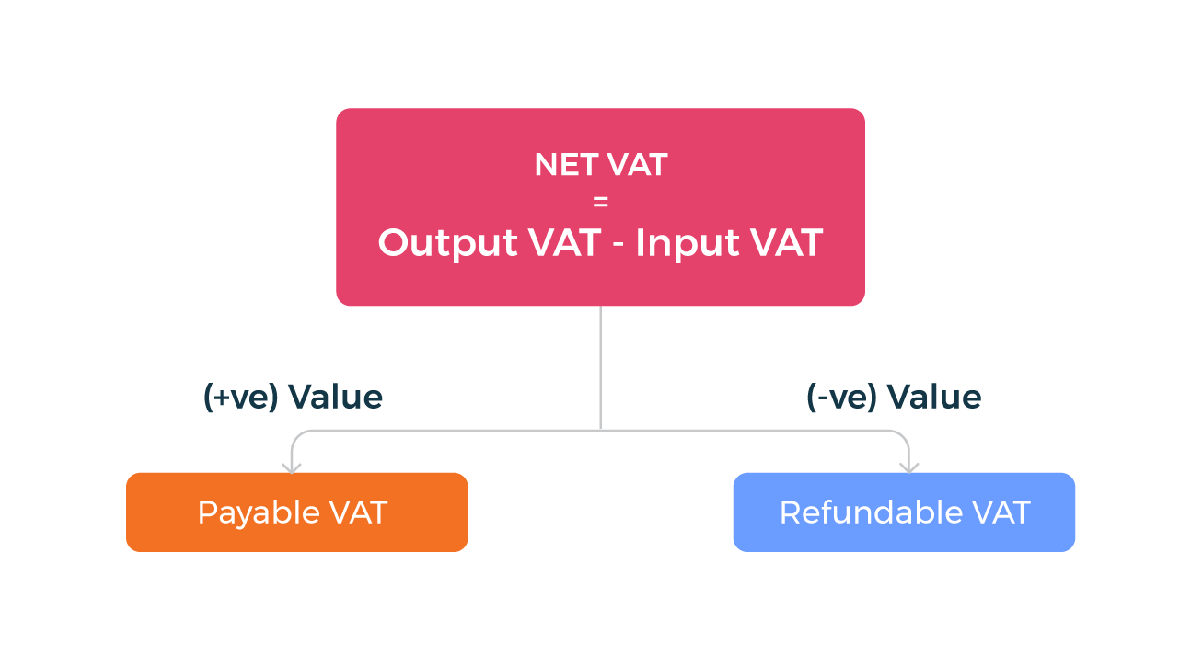
What is VAT?
Value Added Tax (VAT) is the tax on products and services that are sold in the UK. It is based on the value of the product or service being sold.
VAT-registered businesses have to charge VAT on all their taxable sales, whether it’s to consumers or other businesses. This type of VAT charged on goods sold to buyers is called output VAT.
Businesses can reclaim most of the VAT charged to them by their suppliers. This type of VAT is called input VAT.

Who needs to register for VAT?
Businesses that have an annual turnover that exceeds the VAT threshold have to register for VAT. Businesses who will go over the VAT threshold in the next 30 days must also register for VAT. This is why it’s important to always keep an eye on your taxable sales.
The current VAT threshold is £85,000. The threshold generally changes every year.
Businesses with annual taxable sales below the VAT threshold still have the option to register for VAT.
For businesses that only make VAT-exempt sales, they cannot register for VAT. Examples of VAT-exempt goods and services are education, insurance, and health services.
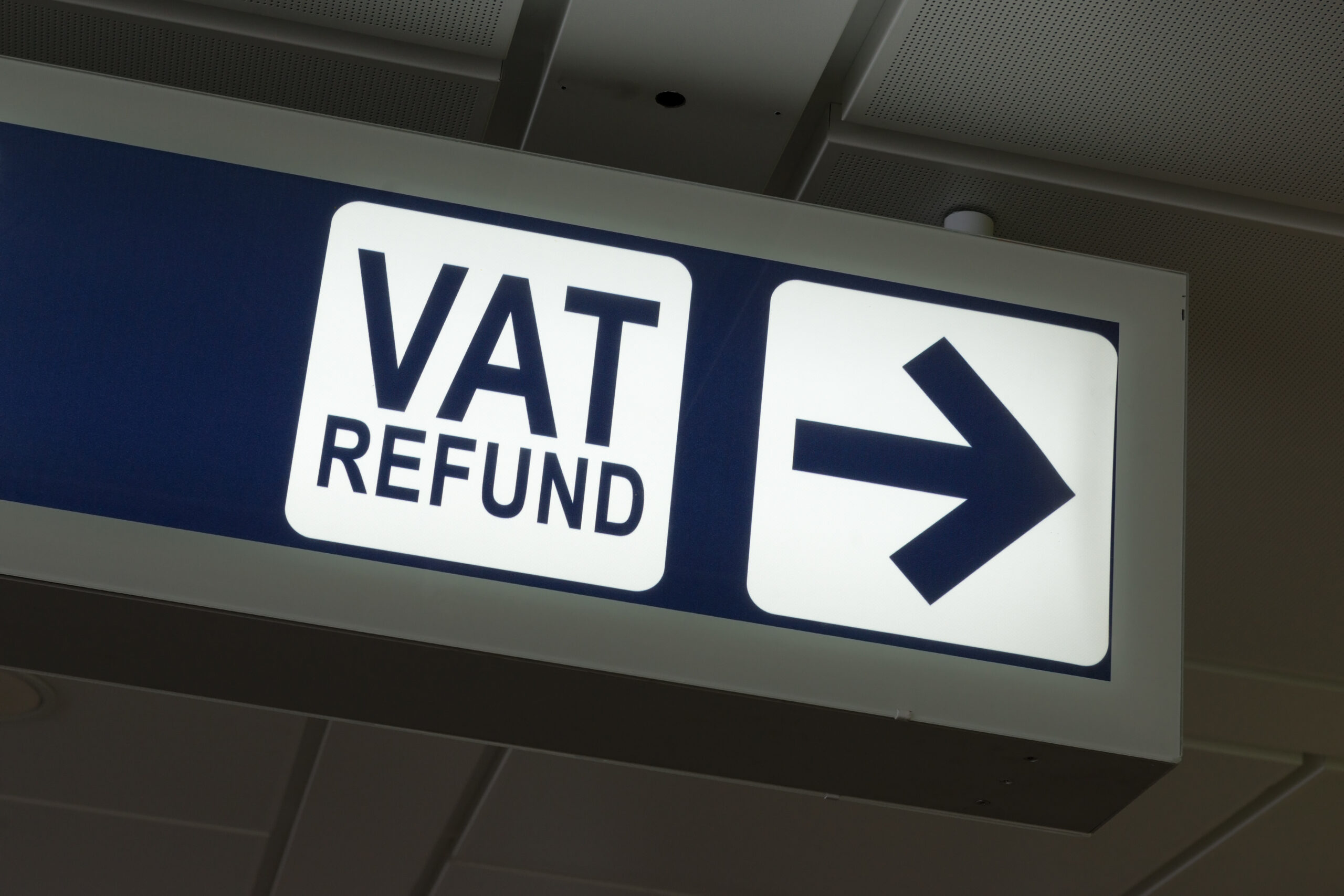
How does VAT affect my business?
The most immediate difference in your business when you are registered for VAT is that all eligible products and services that you sell will have a price increase.
Although it is optional for businesses below the VAT threshold to register for VAT, there are certain advantages and disadvantages to doing so.
If you are only selling to consumers or other small businesses that are not VAT-registered, it is not advisable to register for VAT, as your customers only see that your prices have gone up without any benefit on their end.
However, if you are a B2B business selling to other VAT-registered businesses, the price hike is not as much of a problem for them because they can reclaim VAT, much like how you are able to do the same for some of your business purchases.
Registering for VAT can also be considered as a way to legitimise your business. It can give the impression that your business is bigger than it actually is. No VAT on your sales is a clear sign that your business has limited profits.
You need to charge the right rate of VAT on each product and service you sell. The rate varies depending on the type of product or service being sold.
All your receipts and invoices must show your VAT number. No VAT number means they are not valid records. You should also date your invoices correctly, which is at the time of supply or tax point.
Another change you have to deal with is the need to submit a VAT return to HMRC every quarter. A VAT return declares how much you need to pay to HMRC. Failure to pay the VAT you owe to HMRC on time will result in penalties with interest and even possible tax investigations into your business.
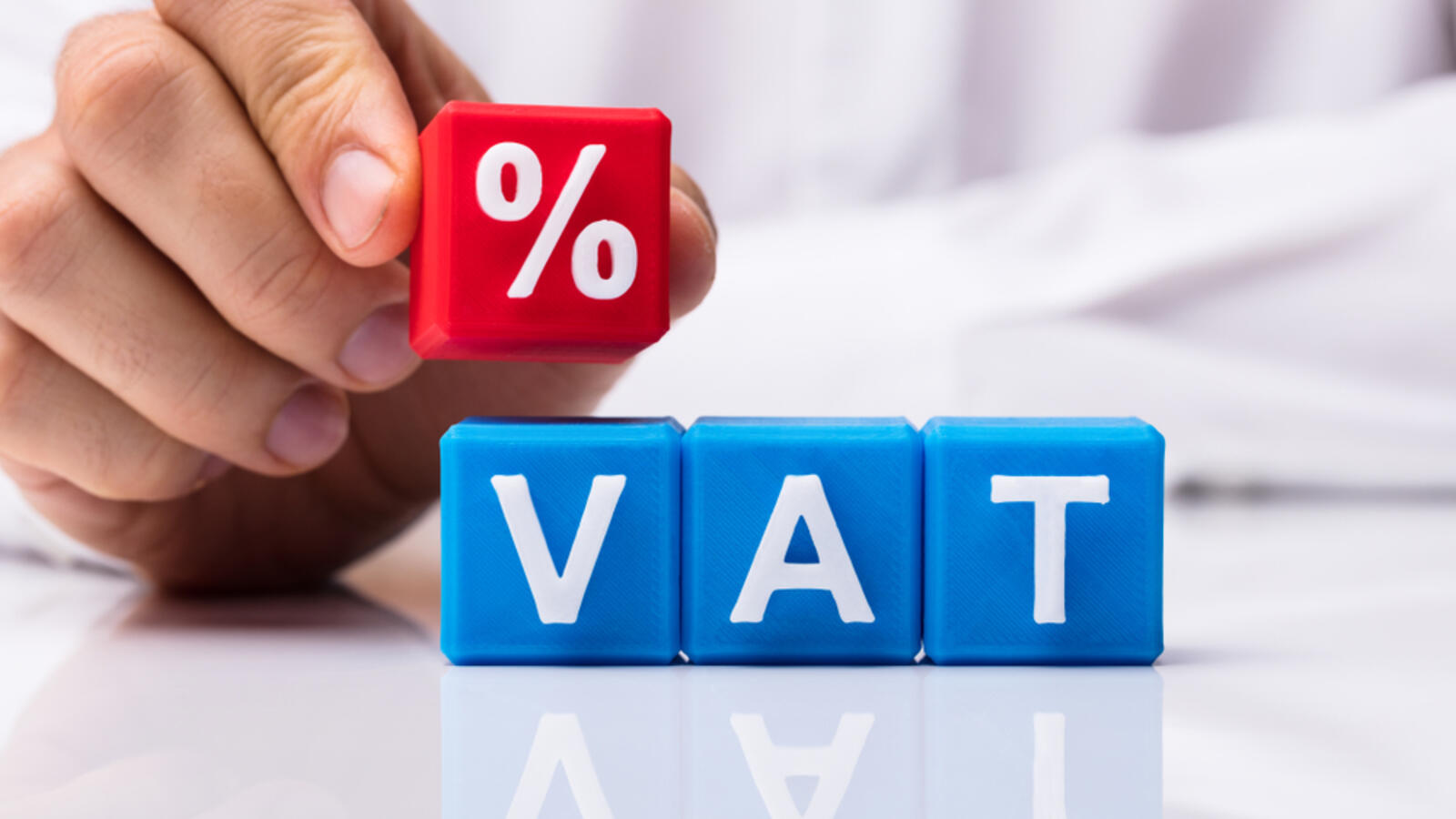
VAT rates and how we calculate how much VAT you pay
Most products and services are charged at the standard rate, which is 20%.
Some products and services are charged at the reduced rate, which is 5%. Power for non-business use, installed energy-saving products, and smoking cessation products are some examples.
Lastly, there are products and services that are zero-rated for VAT. No VAT is paid or can be reclaimed on such sales. They are still subject to VAT, which makes them different from VAT-exempt sales. Zero-rated sales are still included in the total VATable sales with standard-rate and reduced-rate sales, unlike VAT-exempt sales.
Examples of zero-rated products and services are printed materials like books and newspapers, baby and children’s clothes, and travel fare.
There is one type of product that tends to confuse businesses on what VAT rate they should charge—food and drink. Most products that fall under food and drink are zero-rated, but there are exceptions that are charged at the standard rate instead, such as snacks, alcoholic drinks, soft drinks, sports drinks, and catering.
To calculate for the amount of VAT you need to pay HMRC, you need to subtract the VAT you reclaim from your business expenses from the VAT you charge on your goods and services. In other words, your VAT bill is your output VAT minus your input VAT.

VAT advice and submitting your VAT return
When submitting your VAT return, you need to have documentation on your total sales and the VAT collected from those sales, as well as your business purchases and the VAT you paid on those purchases.
If you are VAT-registered for going over the VAT threshold, you need to submit your VAT return using Making Tax Digital-compatible software.
If you voluntarily registered for VAT, you can submit your VAT return with your VAT online account.
The due date for submitting VAT returns depends on when you registered and if you are on an accounting scheme. Check your VAT online account for your deadline. Typically, submissions are done every 3 months. If you are on an Annual Accounting Scheme, you only have to submit once a year.
The due date for payment is usually a month and seven days from the end of your accounting period. The government has provided a VAT payment deadline calculator. You can pay with a debit or credit card, via internet banking, or through direct debit so HMRC can withdraw directly from your bank on the due date.
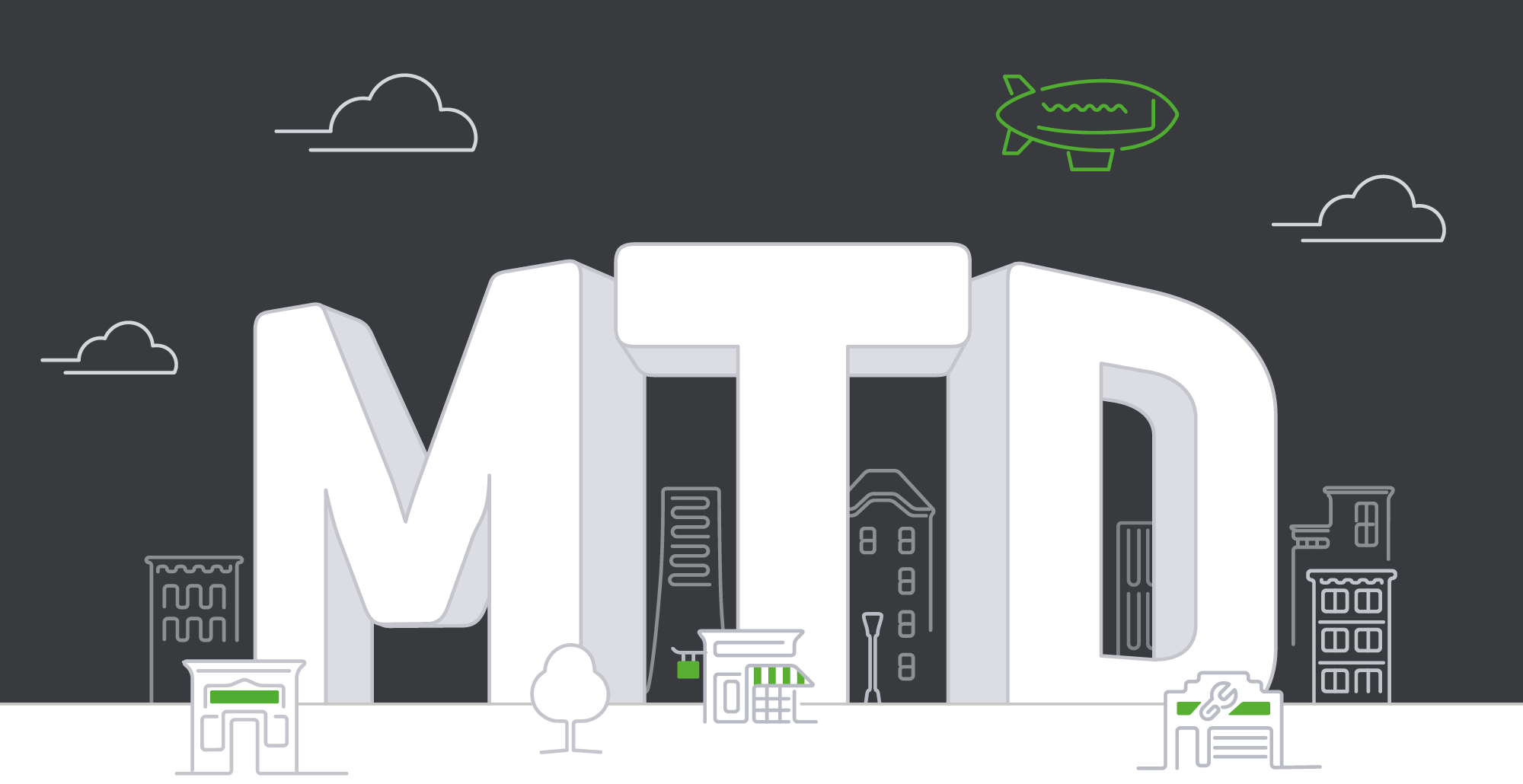
Making Tax Digital and VAT
VAT-registered UK businesses with an annual turnover above the VAT threshold are legally obligated to keep digital VAT records and submit VAT returns using Making Tax Digital-compliant software. Businesses below the VAT threshold have the option to sign up for MTD for VAT.
If your annual turnover goes below the VAT threshold, you still have to keep digital records and send VAT returns with MTD-compliant software.
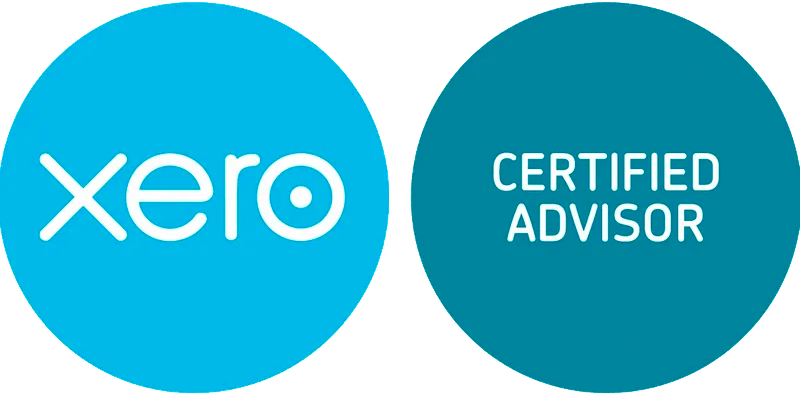
How does using a Xero Accountant help with VAT returns?
Xero is recognised by HMRC as an MTD-compatible software provider. Xero Accounting makes it easy to publish and submit VAT returns. It helps you keep track of all the VAT you’ve charged and paid, from your invoices to your expense claims to your bank transactions.
The cloud software works with standard, flat rate, and cash VAT accounting schemes. When it comes time to pay your VAT bill, you can also use Xero to pay HMRC directly.

